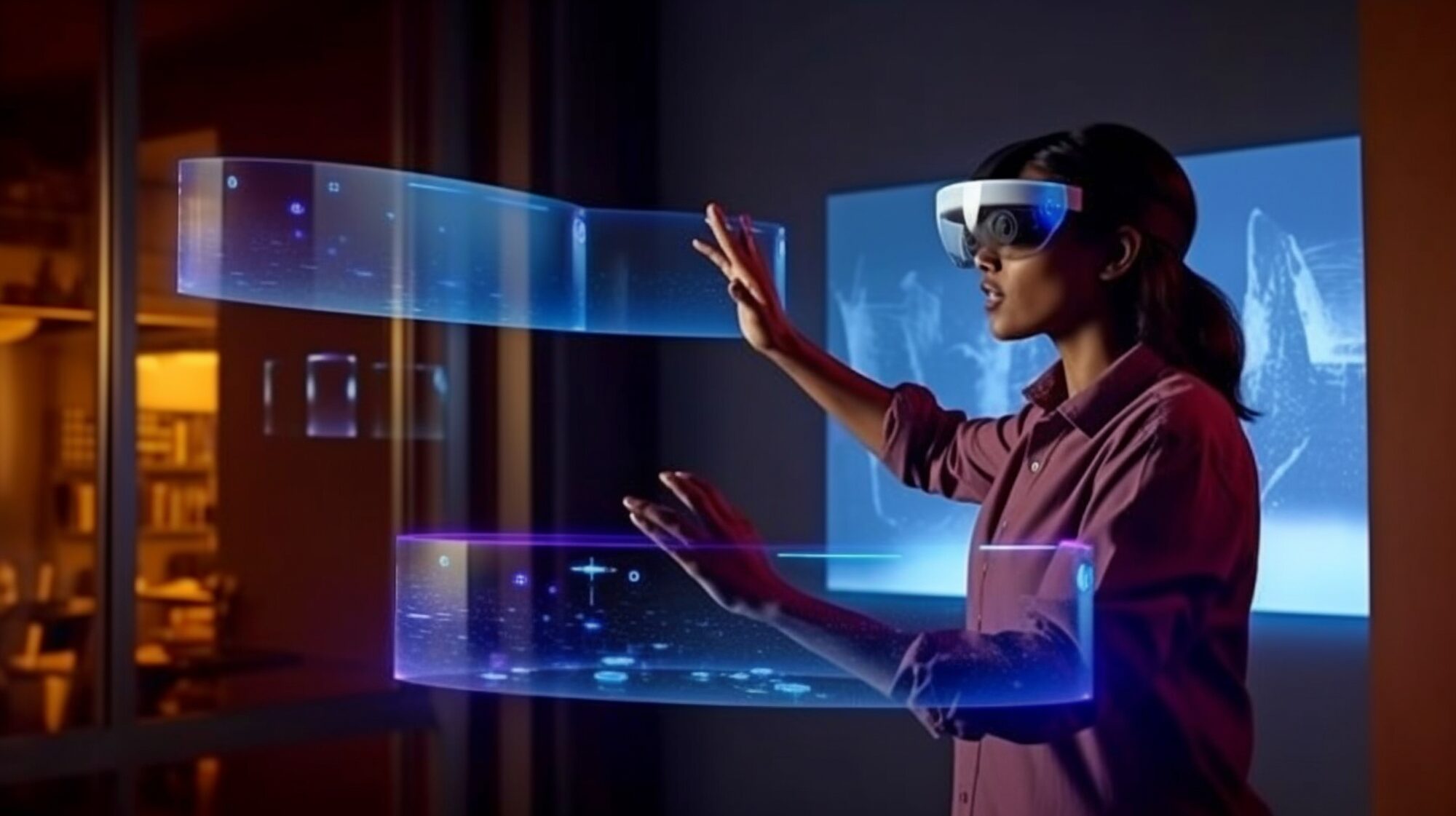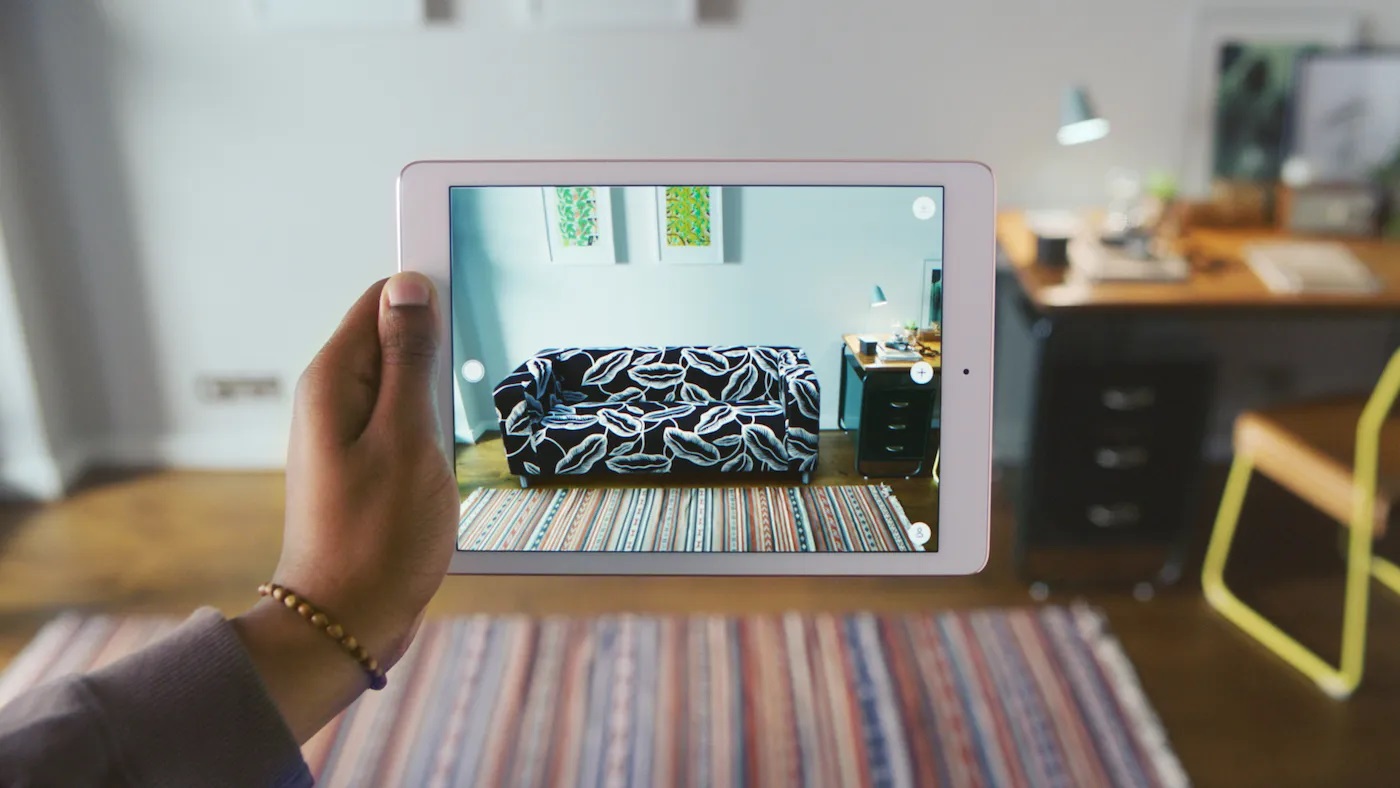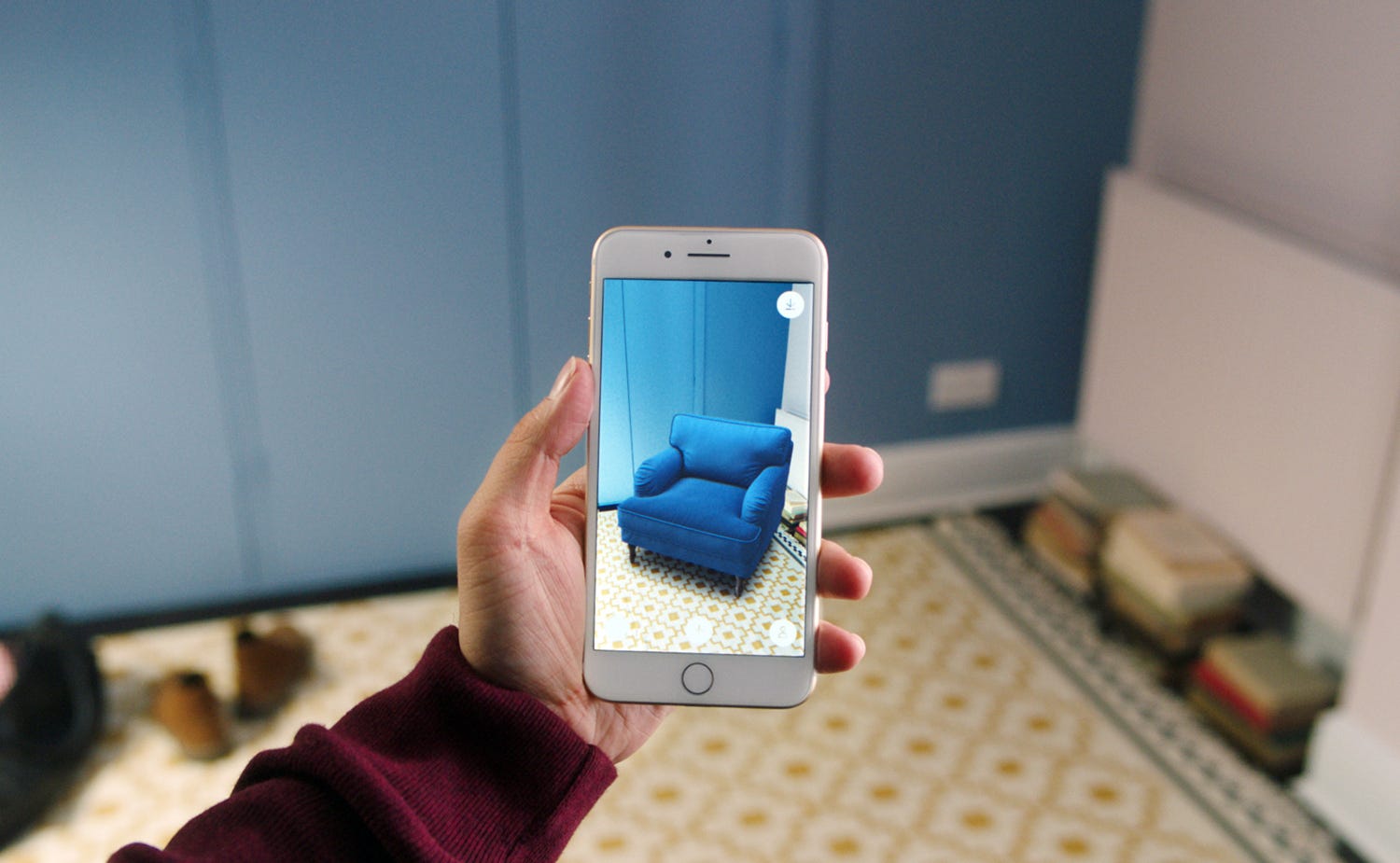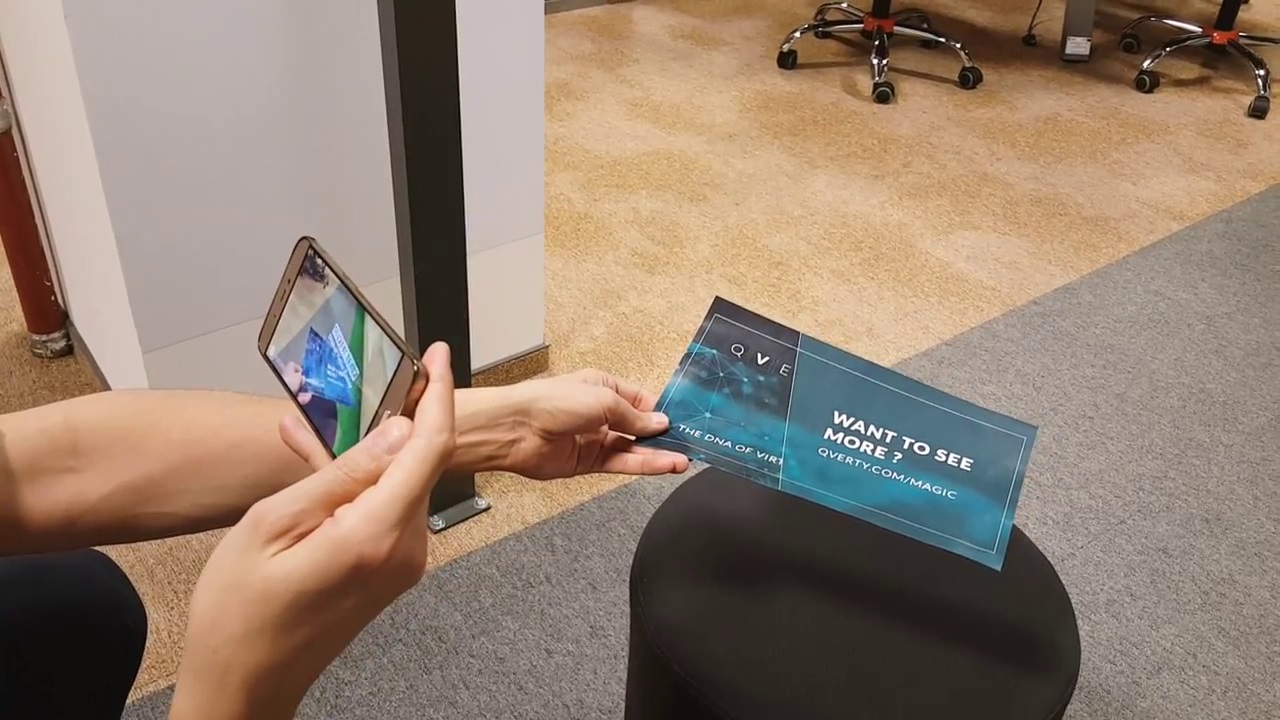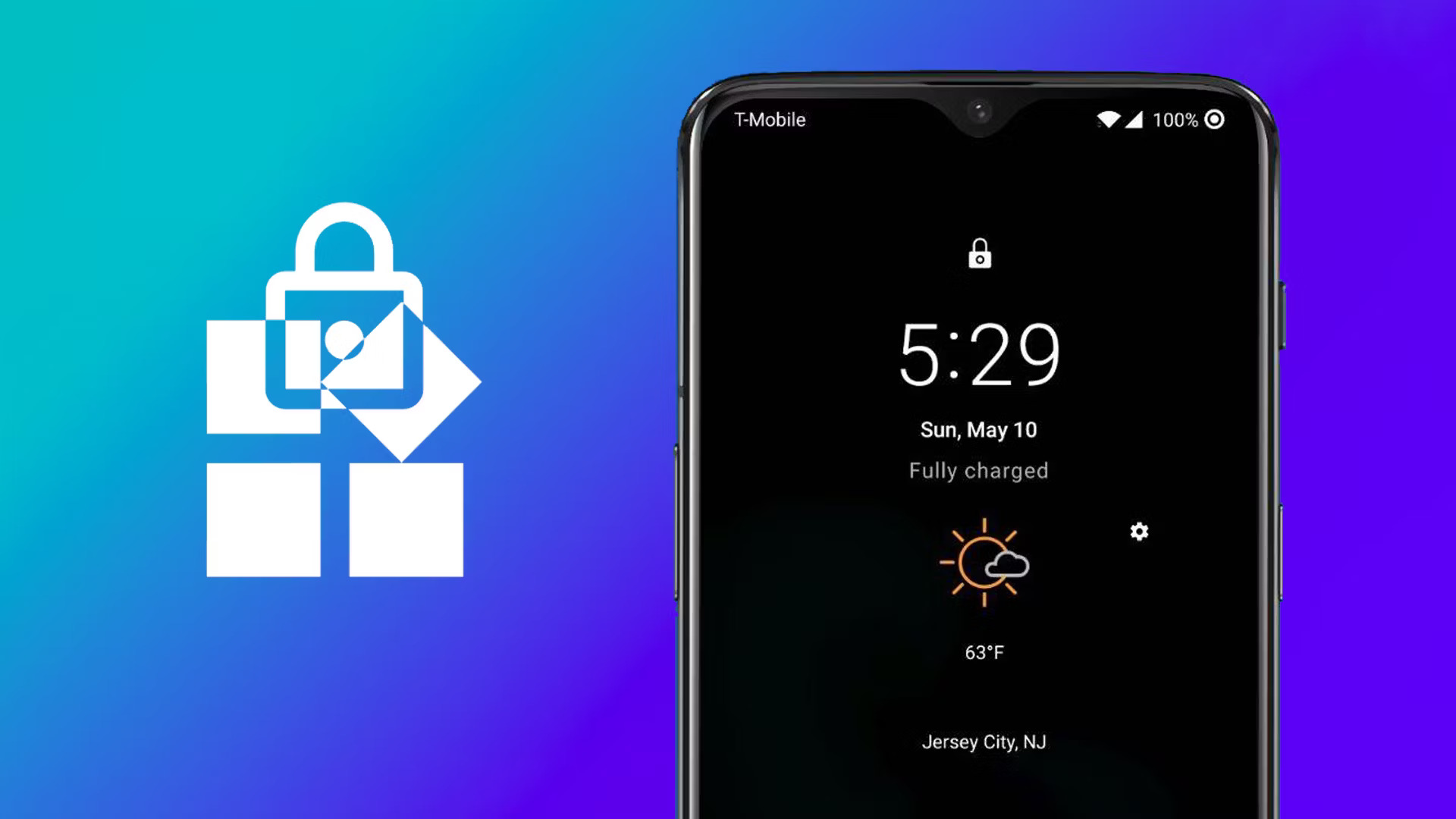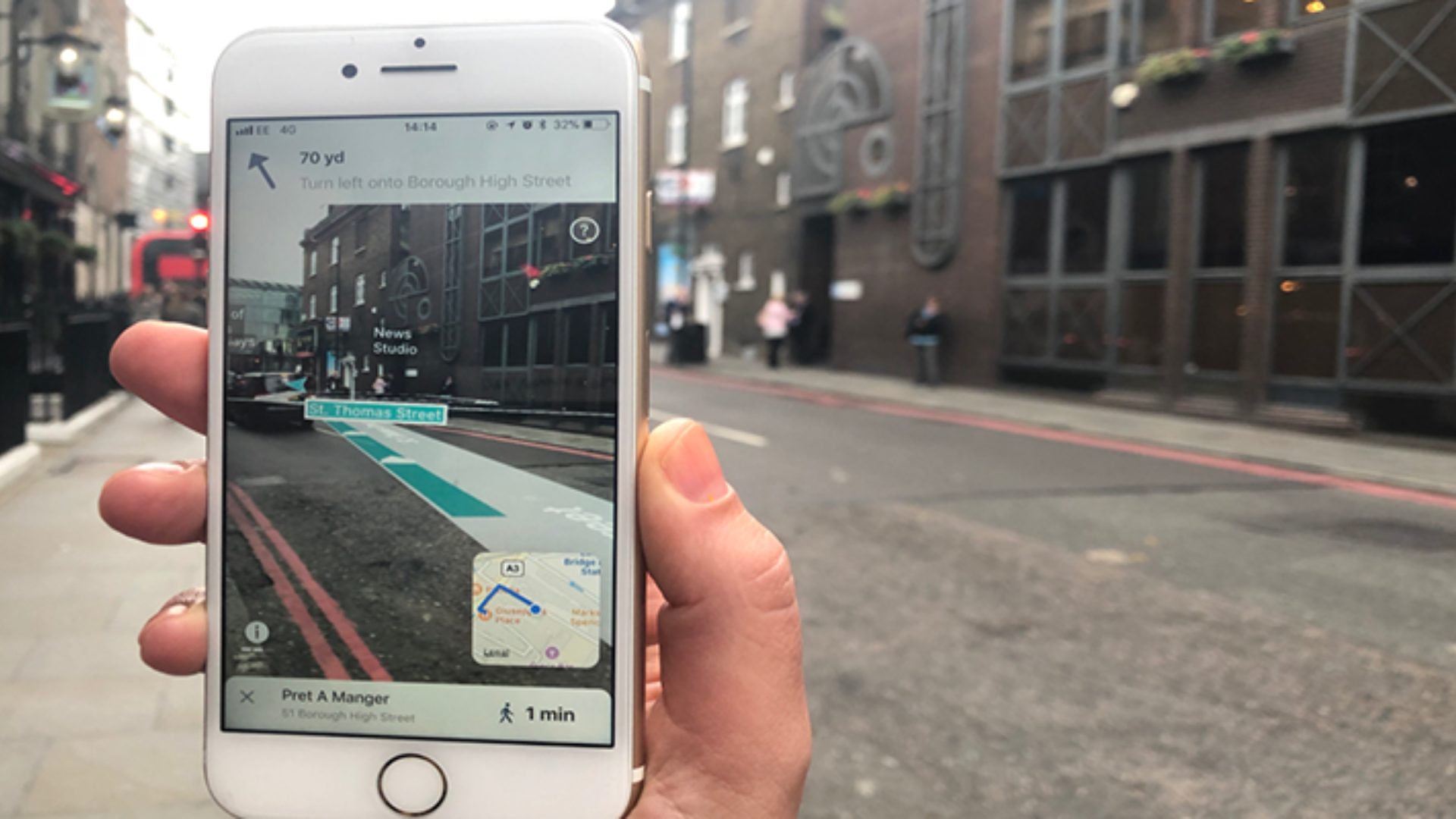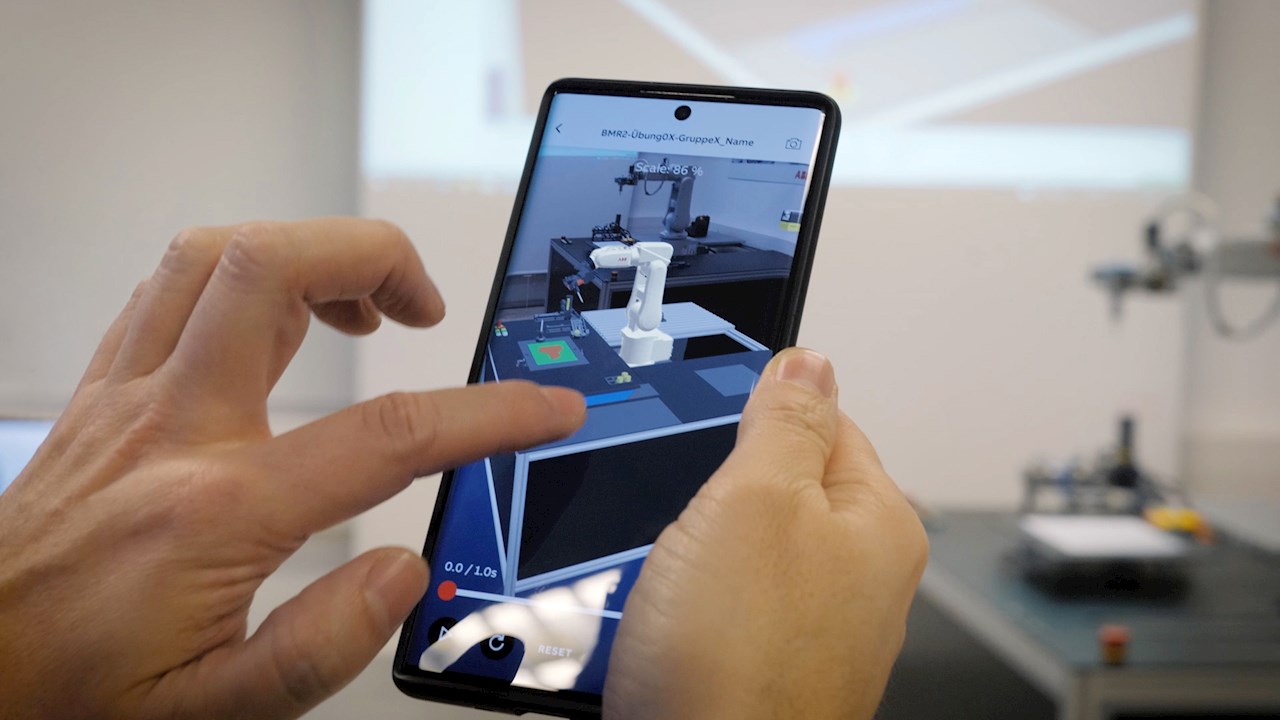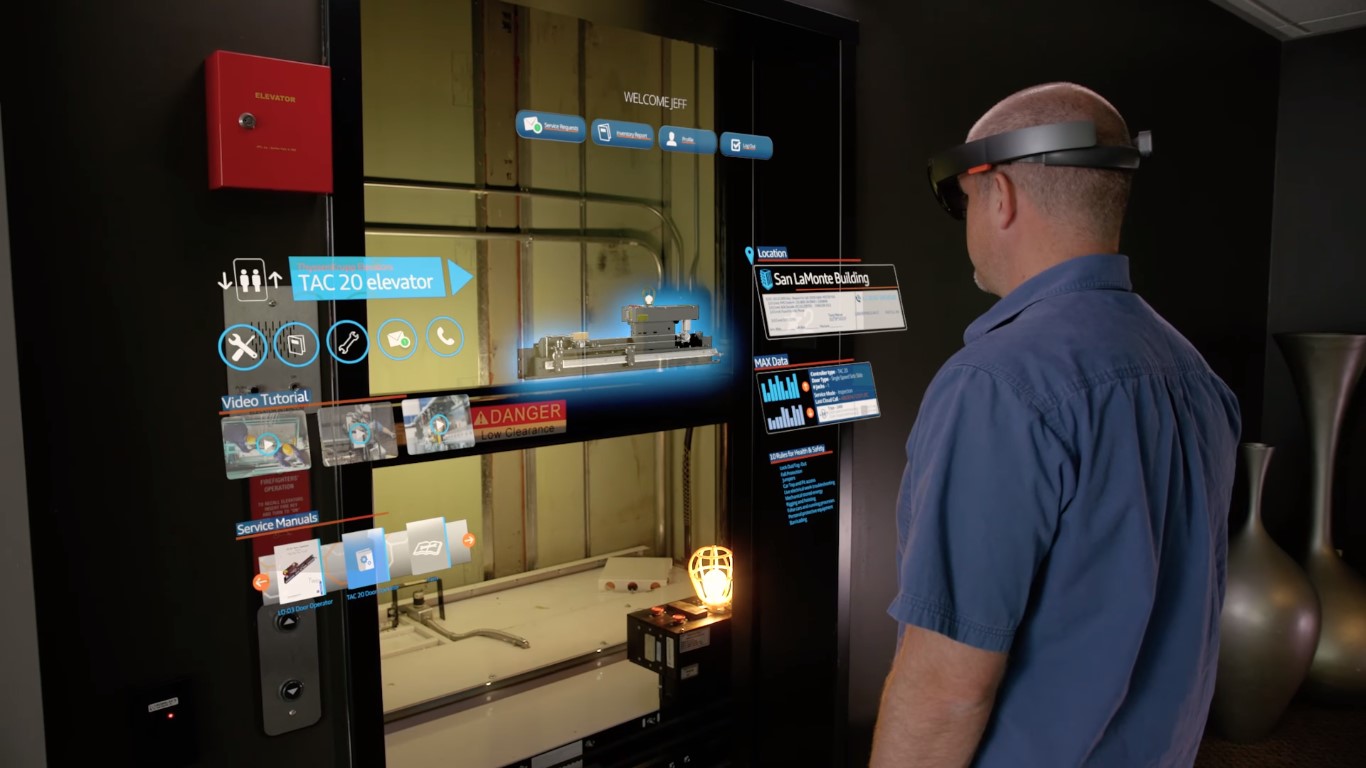Home>Software and Apps>Discover 33 Incredible Augmented Reality Apps and Games for Android
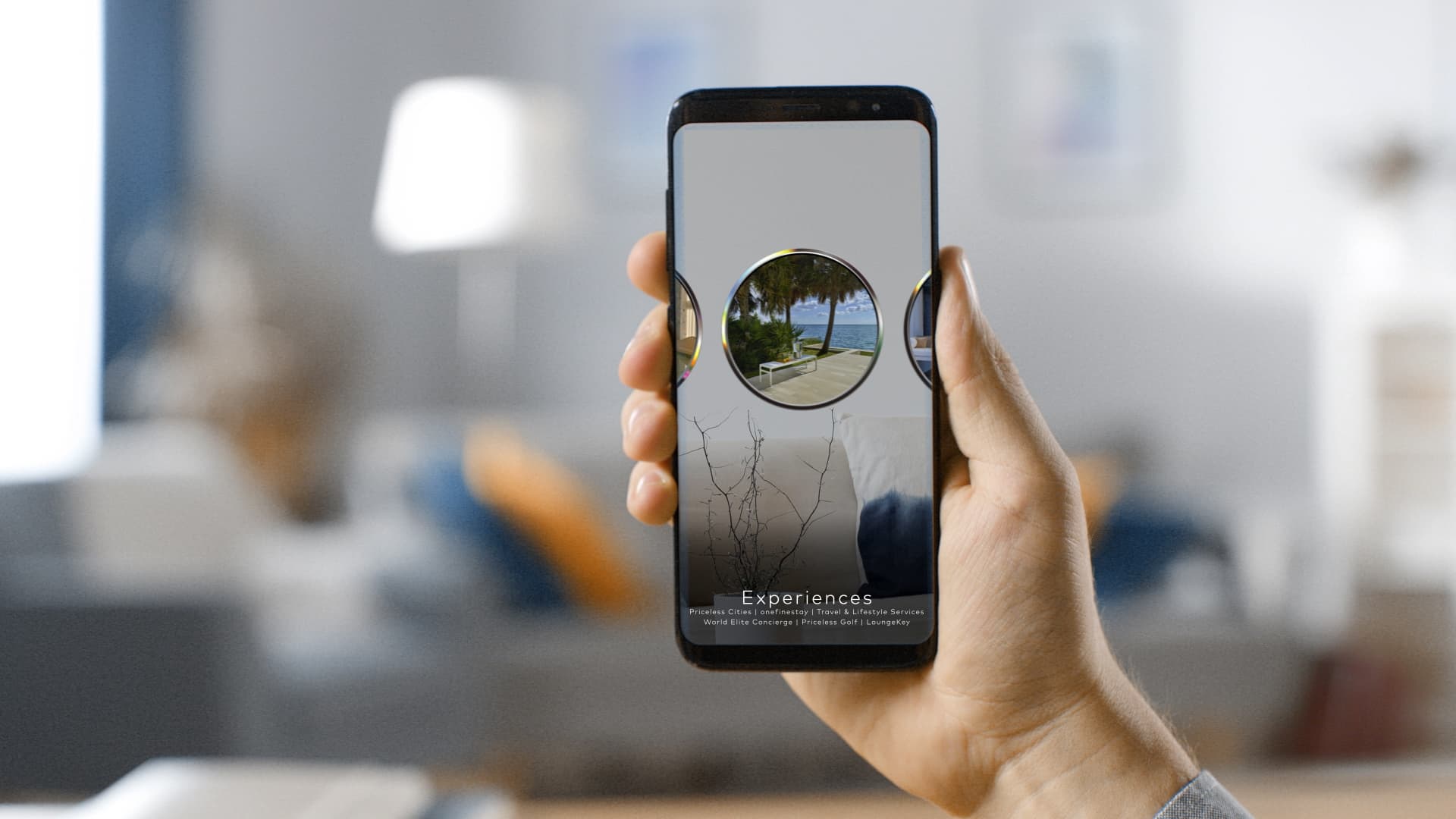

Software and Apps
Discover 33 Incredible Augmented Reality Apps and Games for Android
Modified: September 5, 2024
Explore the top 33 augmented reality apps and games for Android, featuring innovative software and apps that offer immersive experiences and endless entertainment. Discover the best AR technology for your Android device!
(Many of the links in this article redirect to a specific reviewed product. Your purchase of these products through affiliate links helps to generate commission for Techsplurge.com, at no extra cost. Learn more)
Table of Contents
- Pokémon Go
- Ingress
- SketchAR
- Mondly
- Amikasa
- BBC Civilisations AR
- Markerless Augmented Reality
- ARCore
- ObjectAnimator
- Virtual Fixtures
- Google Glass
- AR in Education
- AR in Healthcare
- AR in Retail
- AR in Gaming
- AR in Language Learning
- AR in Home Decor
- AR in Historical Education
- Markerless AR in Education
- ARCore Challenges
- ObjectAnimator in AR Games
- Virtual Fixtures vs Smartphones
- Google Glass Impact
- AR in Retail: Amikasa
- BBC Civilisations AR: Historical Education
- Mondly: Language Learning
- SketchAR: Drawing Practice
- Ingress: AR Gaming
- Pokémon Go: Location-Based Services
- ARCore: Development Framework
- ObjectAnimator: Animation Tool
- Markerless AR: Emerging Tech
- AR in Everyday Life
Pokémon Go
Pokémon Go stands as one of the most iconic AR games, capturing the hearts of millions globally. Developed by Niantic, this game utilizes your smartphone's GPS and camera to bring Pokémon into the real world. Players must walk around to catch Pokémon, visit PokéStops, and battle at Gyms. Its innovative use of location-based services and AR technology has made it a cultural phenomenon, encouraging users to explore their surroundings in a fun, interactive way.
Ingress
Ingress challenges players to choose between the Resistance and the Enlightened. This AR game involves capturing and protecting locations by placing virtual portals in the real world. Players must roam around to find and capture these portals, engaging in a global battle that blurs the lines between physical and digital worlds.
SketchAR
SketchAR is designed for those wanting to practice drawing without extensive artistic skills. This app uses your phone's camera to project an image onto paper, allowing users to trace around it. It's an excellent tool for learning various drawing techniques and can be quite fun, even for non-artists.
Mondly
Mondly helps users learn different languages through interactive lessons. With 33 languages available, Mondly uses your phone's camera to display virtual objects and text that aid in language learning. The app includes daily exercises to help users become proficient in their chosen language quickly.
Amikasa
Amikasa caters to home decor enthusiasts. It allows users to visualize furniture and decor in their rooms before making a purchase. By using your phone's camera, you can see how different items will look in your space, including new wallpapers, burners, and cabinets.
Read more: What Are AR Apps
BBC Civilisations AR
BBC Civilisations AR serves as an educational tool that uses AR to bring historical artifacts to life. Users can explore and learn about various historical items, including Egyptian mummies, by overlaying digital information onto real-world objects.
Markerless Augmented Reality
Markerless AR technology allows virtual objects to float in space without the need for QR codes or other markers. This type of AR is particularly useful for creating immersive experiences like rendering a solar system around you or simulating jet turbines. FreeCodeCamp offers a course on markerless AR, which includes projects like rendering virtual gardens and figuring out furniture placement in your room.
ARCore
ARCore, developed by Google, is a framework for creating AR apps. It is well-optimized and supports a growing list of devices, currently around 100. ARCore provides tools for developers to build more accurate and sophisticated AR experiences, addressing some challenges associated with mobile device sensors and battery life.
ObjectAnimator
ObjectAnimator, a tool from the Android SDK, is used to animate bitmaps, such as the Pokeball in Pokémon Go. This tool allows developers to create pre-programmed animations that enhance the user experience, making AR interactions more engaging and intuitive.
Read more: Developing an Augmented Reality App
Virtual Fixtures
Virtual Fixtures were early devices showcasing AR possibilities. Although heavy and uncomfortable, they laid the groundwork for modern AR technology. Today, smartphones have replaced these devices, making AR experiences more accessible and user-friendly.
Google Glass
Google Glass was one of the first mainstream AR devices. Although it didn't gain widespread adoption, it introduced the concept of AR to a broader audience. The idea of overlaying digital information onto the real world has been around longer than the first Android phone, but Google Glass brought it into the mainstream.
AR in Education
AR is revolutionizing education by making complex concepts more engaging and interactive. Apps like BBC Civilisations AR provide an immersive way to learn about historical artifacts, while other apps can simulate scientific experiments or provide virtual tours of museums.
AR in Healthcare
AR is enhancing patient care and training in healthcare. For example, surgeons can use AR to visualize organs during operations, improving accuracy and reducing recovery times. Medical students can also use AR to practice surgeries in a virtual environment.
Read more: The Power of Android Augmented Reality
AR in Retail
AR is transforming the retail industry by allowing customers to see how products will look in their homes before making a purchase. Apps like Amikasa enable users to visualize furniture and decor, making shopping more convenient and informed.
AR in Gaming
AR gaming has become a significant trend, with apps like Pokémon Go and Ingress leading the way. These games use location-based services and AR technology to create immersive experiences that blur the lines between physical and digital worlds.
AR in Language Learning
Mondly uses interactive lessons to help users learn different languages. By overlaying virtual objects and text onto the real world, Mondly makes language learning more engaging and effective.
AR in Home Decor
Amikasa is designed specifically for home decor enthusiasts. It allows users to visualize furniture and decor in their rooms before making a purchase, making the shopping process more convenient and informed.
Read more: What Are AR Games
AR in Historical Education
BBC Civilisations AR brings historical artifacts to life. Users can explore and learn about various historical items, including Egyptian mummies, by overlaying digital information onto real-world objects.
Markerless AR in Education
Markerless AR can be used in educational settings to create immersive experiences. For example, students can learn about the solar system by rendering a virtual solar system around them, or they can simulate scientific experiments without the need for physical equipment.
ARCore Challenges
While ARCore is a powerful tool for developers, it still faces some challenges. Mobile device sensors can be prone to bias, affecting the accuracy of displayed objects. Additionally, the energy consumption of AR apps can drain the battery quickly, especially with features like display, camera, orientation sensors, and image recognition.
ObjectAnimator in AR Games
ObjectAnimator is crucial for creating engaging animations in AR games. For instance, in Pokémon Go, it is used to animate the Pokeball throwing animation, enhancing the user experience and making the game more immersive.
Virtual Fixtures vs Smartphones
Virtual Fixtures were early AR devices that were heavy and uncomfortable. They laid the groundwork for modern AR technology but were eventually replaced by smartphones, which have made AR experiences more accessible and user-friendly.
Google Glass Impact
Google Glass introduced the concept of AR to a broader audience, although it didn't gain widespread adoption. It paved the way for future AR devices and applications, making the idea of overlaying digital information onto the real world more mainstream.
AR in Retail: Amikasa
Amikasa allows users to visualize furniture and decor in their rooms before making a purchase. This app uses 3D models to display how different items will look in your space, including new wallpapers, burners, and cabinets.
BBC Civilisations AR: Historical Education
BBC Civilisations AR brings historical artifacts to life. Users can explore and learn about various historical items, including Egyptian mummies, by overlaying digital information onto real-world objects.
Read more: The Rise of Augmented Reality Games
Mondly: Language Learning
Mondly uses interactive lessons and virtual objects to help users become proficient in different languages. The app includes daily exercises to aid in language acquisition.
SketchAR: Drawing Practice
SketchAR helps users practice drawing without extensive artistic skills. It projects an image onto paper, allowing users to trace around it, making it an excellent tool for learning various drawing techniques.
Ingress: AR Gaming
Ingress challenges players to choose between the Resistance and the Enlightened. Players must roam around to find and capture virtual portals, engaging in a global battle that blurs the lines between physical and digital worlds.
Pokémon Go: Location-Based Services
Pokémon Go uses location-based services to bring Pokémon into the real world. Players must walk around to catch Pokémon, visit PokéStops, and battle at Gyms. Its innovative use of AR technology has made it a cultural phenomenon.
ARCore: Development Framework
ARCore, developed by Google, is a framework for creating AR apps. It is well-optimized and supports a growing list of devices, currently around 100. ARCore provides tools for developers to build more accurate and sophisticated AR experiences.
ObjectAnimator: Animation Tool
ObjectAnimator, a tool from the Android SDK, is used to animate bitmaps, such as the Pokeball in Pokémon Go. This tool allows developers to create pre-programmed animations that enhance the user experience, making AR interactions more engaging and intuitive.
Markerless AR: Emerging Tech
Markerless AR is an emerging technology that allows virtual objects to float in space without the need for QR codes or other markers. This type of AR is particularly useful for creating immersive experiences like rendering a solar system around you or simulating jet turbines.
AR in Everyday Life
AR is transforming everyday life by making tasks more convenient and engaging. From home decor to language learning, AR apps are changing the way we interact with our devices and the world around us. As technology continues to advance, expect even more innovative AR applications in the future.

